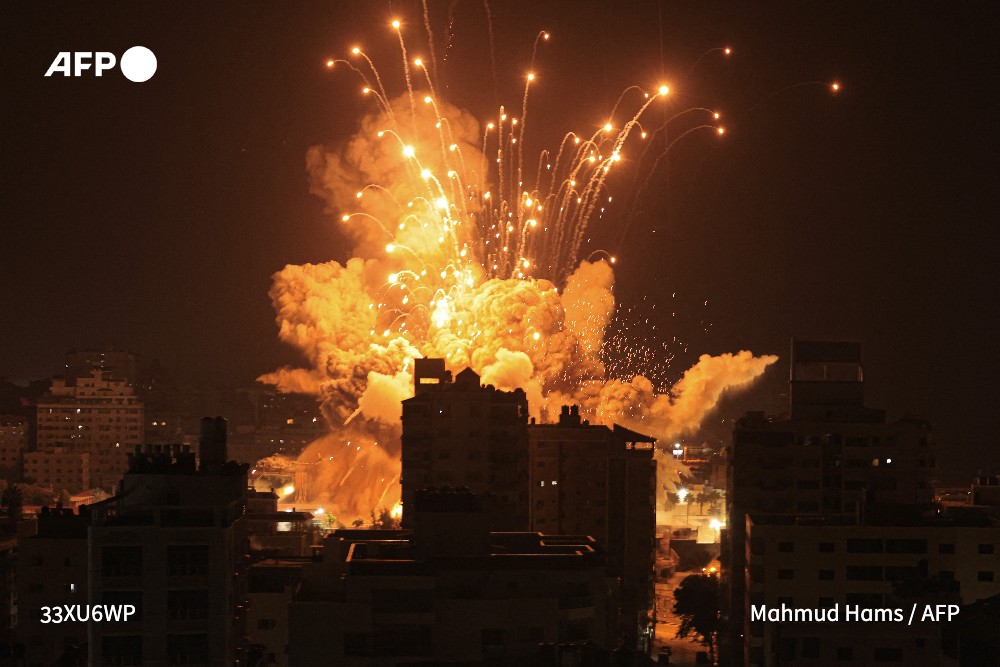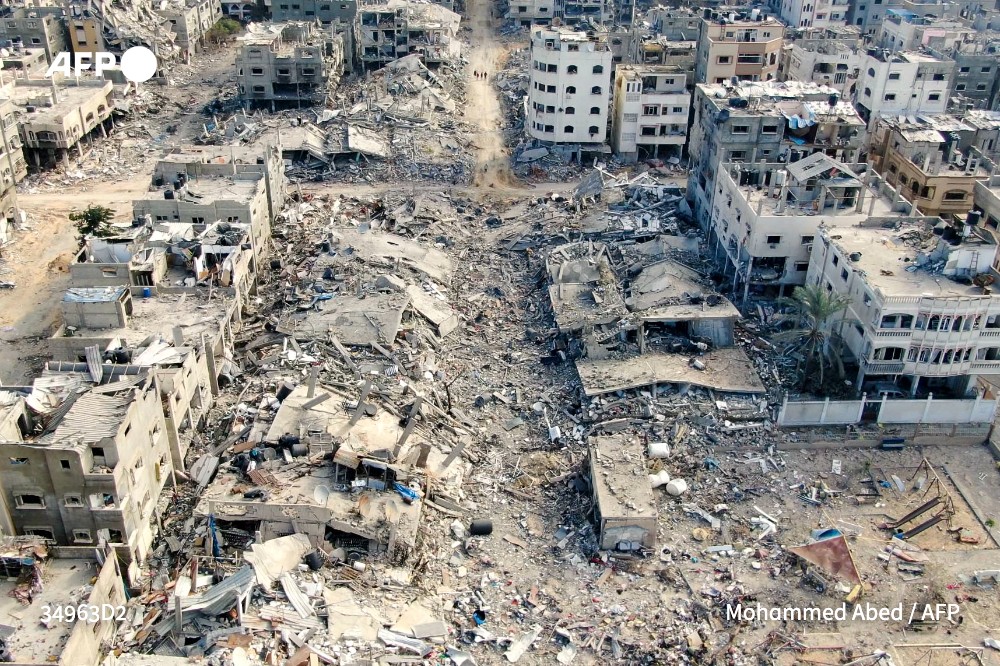Death, exhaustion and suspicion: AFP journalists on the horrors of Gaza
Every day since October 7, AFP's team of journalists in Gaza have been risking their lives to cover a war that has shaken the world. They have all had to flee their homes, working without respite in the shadow of death in a territory they are not allowed to leave.
Here our eight staff still in Gaza tell of the horrors they have witnessed, the threat of becoming targets themselves, and their determination to document this relentless conflict.
Most had covered half a dozen wars before October 7, and as Gazans had lived with the privations and travel restrictions of the blockade for 17 years. They were used to having to visit the morgues to count the dead and the endless funerals. But their lives changed forever when 1,160 people -- mostly civilians -- were killed in the unprecedented attack by Hamas militants on Israel, according to an AFP count based on official Israeli figures.
"I was outside around six in the morning when I heard explosions that seemed to be coming from everywhere," recalled Adel Zaanoun, who has been an AFP journalist in Gaza for 30 years. "We were trying to work out if they were Israeli bombardments or Hamas firing rockets.

A missile explodes in Gaza City during an Israeli air strike on October 8, 2023. Mahmud Hams / AFP
"I called all my AFP colleagues to meet up in the office... On the road I rang all the spokesmen of Hamas and Islamic Jihad. They said they didn't know anything. Finally one of them said that the 'Qassam Brigades (Hamas' armed wing) were going to put out a statement'. A little later a communique from their chief Mohammed Deif announced that 'Operation Al-Aqsa Flood' had started."
More than four months on, the Gaza Strip has been devastated, with the humanitarian situation there catastrophic. Israel, which has vowed to wipe out Hamas, has been pummeling the territory, with the Palestinian death toll now at more than 27,800, according to the Hamas-run health ministry.
Nothing left but rubble
When humanly possible, AFP's reporters, photographers and video journalists rush to the scene of every new strike.
And every time, beyond the danger of a secondary strike that might kill them, they are faced with the pain, anguish and sometimes the anger of survivors. The horror of mutilated bodies, often of small children, has to be witnessed, described, photographed, filmed.
منقول عن https://www.afp.com/




